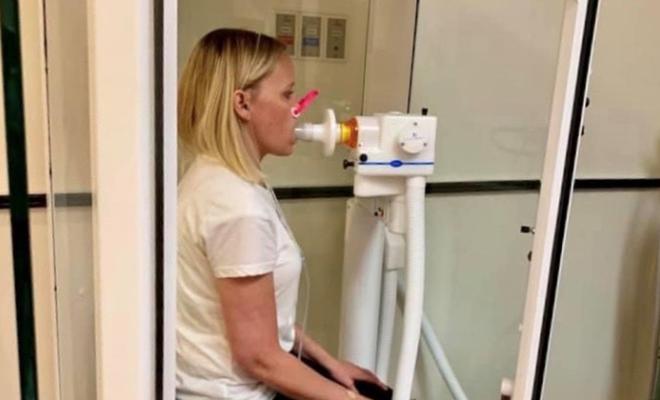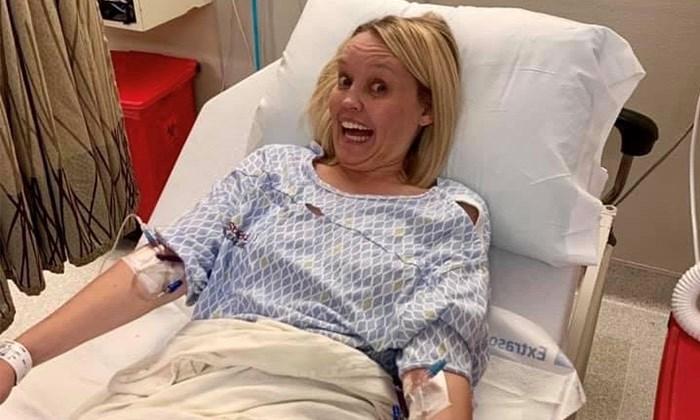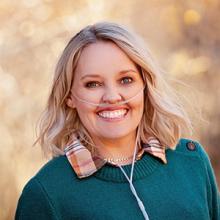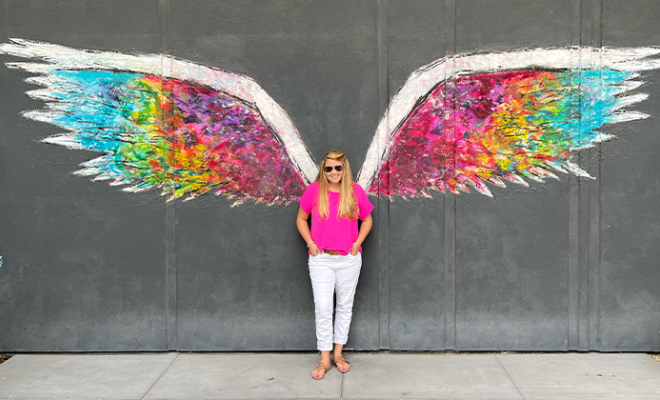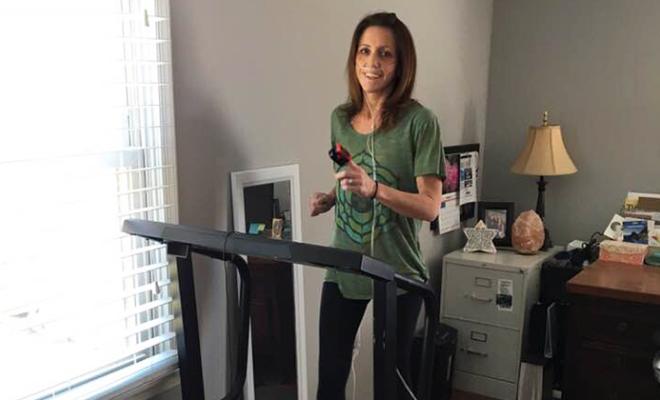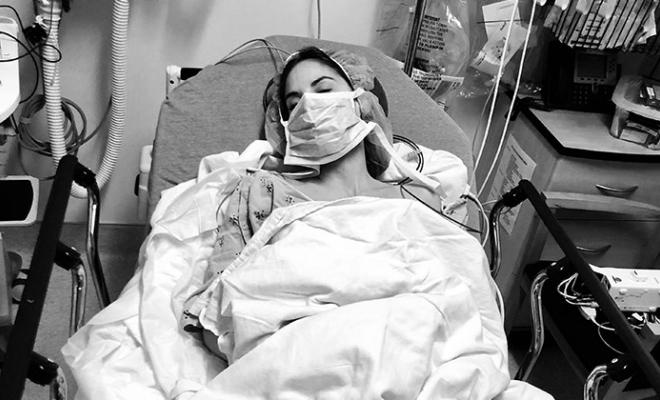“Not yet, I'm not ready yet. This isn't what someone who needs a transplant looks like.” These words kept running through my head as I headed down the long hallway just over a year ago at Stanford Hospital during my six-minute walk for my lung transplant evaluation.
A lung transplant evaluation was something that I had contemplated for a few years before I pushed the start button. In those few years I did a lot of research, most of which involved talking to people who had already experienced it. I met with my local lung transplant team a couple years before the walk down that hallway. We determined I wasn't there yet, but I would see them about once a year to reevaluate.
After getting Influenza A in March 2018 my lungs never quite recovered, and a little over a year later I knew I needed to have options ready for me. The decision to get an evaluation at Stanford was not an easy one. When trying to decide where to have a lung transplant, I talked with many different people, mostly those that had chosen to relocate. The thing that really stuck with me was something one friend said, “Go where they do a lot of transplants.” I live in Utah and at my closest transplant center, the University of Utah, they do not do a lot of transplants. But, I knew the doctors at the U so well that it made this decision much harder.
I ultimately decided to make an appointment with Stanford. I felt like I had done enough research to know what I was getting into, but I couldn't have been more wrong. When the packet from Stanford showed up, I was immediately overwhelmed. It included financial information, travel information, living arrangements once transplant was complete, and a list and schedule of all the tests that would be completed during my week at Stanford: a sniff test, esophagram, 18 vials of blood, right and left heart catheterization, and many more tests. After getting some test results, I then needed more tests to confirm the results. There was a daylong transplant education class, and a social work interview. I had to choose a secondary care giver and make sure I had a plan in place for my children before I would be given the go-ahead to be listed for transplant.
All of this came with so much more emotion than I was prepared for.
I thought that I had sat with these feelings long enough, that I would be okay, but hearing the doctor tell you that you are “in the window and one more bad exacerbation could kill you” is never easy.
These are things I had definitely thought about, but hearing them out loud from a doctor that I had just met -- reality set in. Knowing that I had to make a decision that is literally life or death was so heavy. I wanted a transplant of course, but I didn't want one tomorrow. They told me they have had people receive the call in a matter of 12 hours after being listed and others who had to wait years.
I still felt like my body had some time, but just how much was the question. On the last day of testing at Stanford, I received a call from my cystic fibrosis doctor telling me they would be working on getting compassionate use for the drug that would later be called Trikafta®. Hearing these words brought a peace that I was searching for. My doctor thought it would take 3-4 months to get approval. How could I not wait four months for something I had been waiting 40 years for?
Undergoing all of the tests was physically demanding, and trying to process all of this information was emotionally draining. I'm the only one who could make this decision, but I'm also a very spiritual person. So I turned to God for answers. Whatever that looks like for you is exactly what you should do.
After all of my testing was complete, the team reviewed my case and accepted me for transplant. But instead I chose to put transplant on hold for now. I decided to roll the dice and see how Trikafta® worked for me.
It has been a long road, but after 10 months on Trikafta®, my health is more stable than it has been in years. I still see the transplant team at Stanford regularly, about every 3 or 4 months. I'm definitely not out of the woods for needing a transplant. But, I am much better off than I was, and feel that I can see exactly how Trikafta® will work over time.
Whatever you decide about transplant, don't wait too long to get the process started. I have already completed the necessary tests, so If things suddenly change with my health, it will be much easier for me to get listed than if I were starting from square one. Talk with your CF team and see where they think you are. They are great advocates to help you get this process started.
Interested in sharing your story? The CF Community Blog wants to hear from you.

